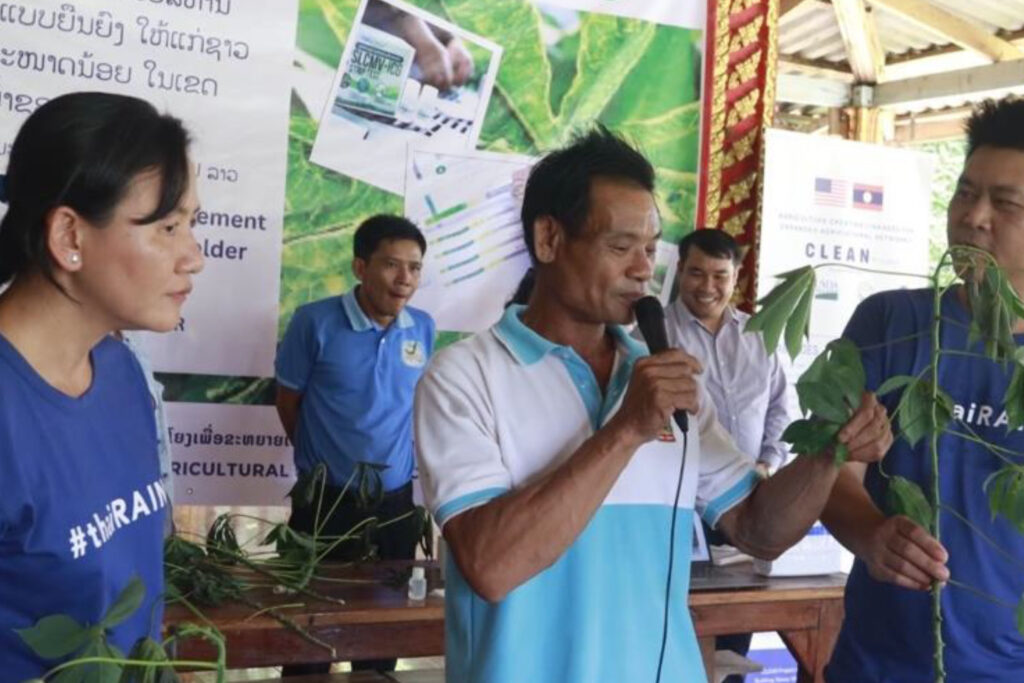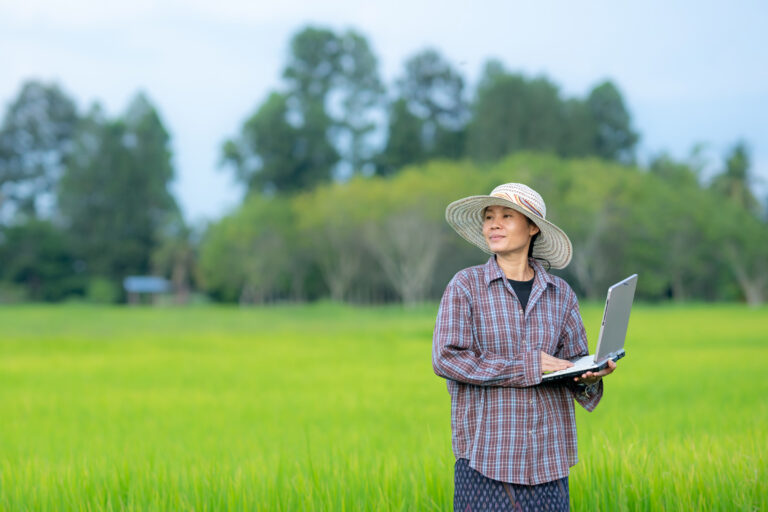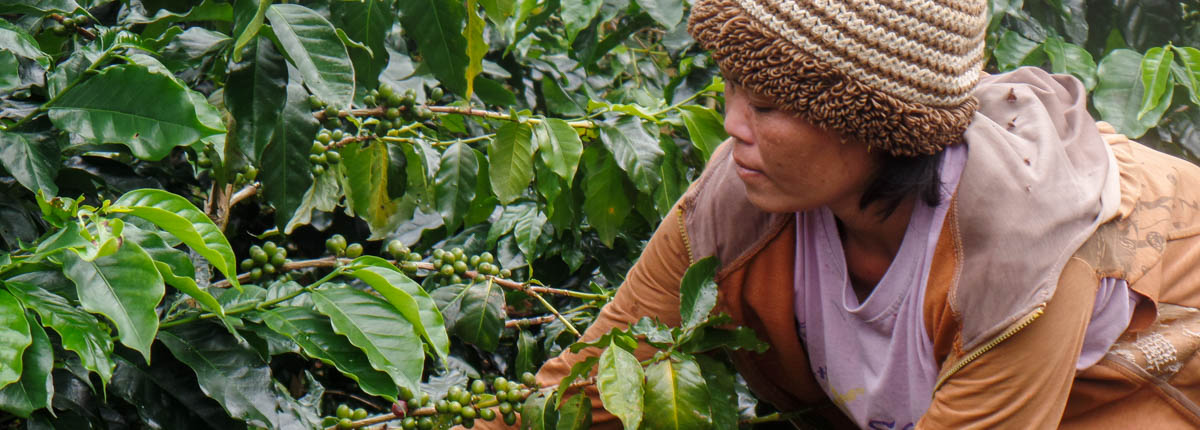
Cross-border collaboration: Two USDA projects unite to empower farmers
“Our team is eager to collaborate with privates, governments, and organizations to ensure the widespread adoption of this innovative technology, with the ultimate goals of combating cassava diseases and bolstering cassava resilience.”
– Dr. Oraprapai Gajanandana, BIOTEC
The disease that knows no borders
Cassava Mosaic Disease has been an increasing threat to crop productivity for 2 million farmers across Southeast Asia, including over 600,000 households in Thailand alone. CMD, knowing no borders, has been fast to spread across the region. Over 40% of the crop in Cambodia was hit in just a single year after the first CMD detection. Vietnam subsequently faced a similar outbreak the following year.
There is no cure for CMD. Studies show CMD can cause over 80% reduction in yield. Often, the entire field can become infected. The standard practice has been for farmers to burn down their crops and watch their livelihood, literally, go up in smoke.
CMD on the national agenda
Cambodia, Laos, Vietnam, and Thailand are among the world’s most important exporters of cassava products with a combined market share of over 90%. The CMD outbreak has propelled itself to the top of the agenda for these countries. In 2019, Thailand’s government provided 9 million dollars as compensation for the loss of 7,265 hectares of cassava plantations that had to be eradicated across 10 provinces. The next year, in Laos, the Ministry of Agriculture and Forestry conducted a field survey, confirming the first CMD infections. The outlook was not good for households relying on income from cassava.
Innovating the cure
The USDA Thailand Regional Agriculture Innovation Network project (#thaiRAIN) has been screening agricultural innovations for technical functionality and market feasibility. A core partner of #thaiRAIN is the National Center for Genetic Engineering and Biotechnology, based in Thailand, which has been working towards a possible CMD solution. BIOTEC has been working on both early detection to reduce losses and clean stems for rapid recovery.
For early detection, BIOTEC has developed two technologies to accurately diagnose the disease: the immunochromatographic (ICG) strip test and the double-antibody sandwich enzyme-linked immunosorbent assay (ELISA). While the ELISA test is for large-scale screening by institutions, the ICG strip test kit is designed for farmers. The farmers only need one suspicious cassava leaf to conduct a truly do-it-yourself test, getting results in less than 15 minutes. The ICG strips report 96% accuracy compared to the standard (that is, slower and more expensive) laboratory methods used for CMD screening.
Sure, the ICG strips work. But how to get the ICG strips into the hands of farmers?
Two is better than one
Enter two USDA Food for Progress projects: USDA Thailand Regional Agriculture Innovation Network (#thaiRAIN) and USDA Laos Creating Linkages for Expanded Agricultural Network (CLEAN). Both projects are addressing challenges in their respective country agriculture sectors, and cassava is of mutual interest.
On July 11-14 2023, #thaiRAIN engaged BIOTEC researchers to demonstrate the ICG strip test to representatives from public agencies and private sector firms, including the Laos Department of Agriculture and Plant Protection Center, large starch factories, and cassava farmers in Lao PDR. Participants were recruited from four cassava-dependent communities in Vientiane, including Fangdeng village in Pakgnuem district, Thachampa village in Xaythany district, Yainachaluen village in Sangthong district and Houyl village in Sangthong district.
The event was an obvious yet bold move for the two USDA-funded projects. For perhaps the first time since the USDA Food for Progress program was initiated in 1985, two projects in two different countries within Southeast Asia joined together to address a shared problem. Disease knows no borders. Neither does the intervention, innovations, and expertise made possible by USDA Food for Progress.
The successful workshop was the first step. Now, the two USDA projects – #thaiRAIN and CLEAN – are coordinating the first sale of ICG strips from Thailand into Laos. The ICG strips have been cleared for export and the first boxes are enroute. CLEAN is conducting 15 workshops to further facilitate adoption of the innovation across Laos. Meanwhile, in Thailand, #thaiRAIN has launched a campaign to scale the strips, beginning with an event in Chaiyaphum province.
It’s a step, together, to respond quickly to an outbreak, and a model for leveraging the investment of USDA Food for Progress across borders.
FAST FACTS
- Two USDA Food for Progress projects collaborate to address a cassava disease outbreak
- First cross-border technology transfer and purchase under #thaiRAIN
- #thaRAIN continues to scale innovations regionally through partnerships
Related Projects

Thailand Regional Agriculture Innovation Network (RAIN)
The USDA-funded Thailand RAIN project identifies, validates, scales and shares climate-smart agriculture technologies and practices that have been validated through a rigorous, evidence-based, participatory process.
